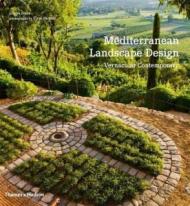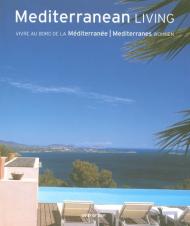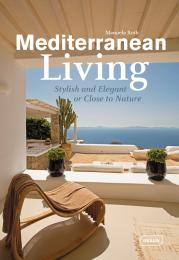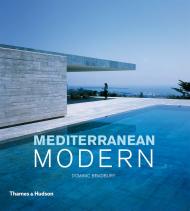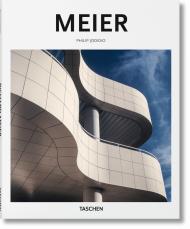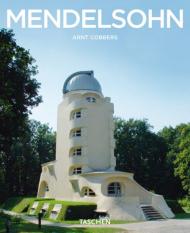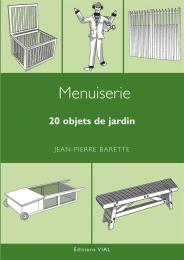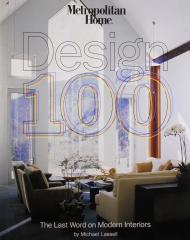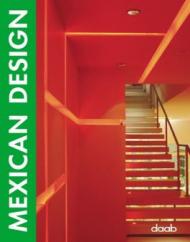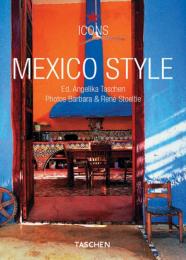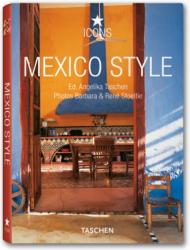Human beings have been transforming Mediterranean landscapes into art for at least 30,000 years. Millennia of human negotiations with the land prove that to "tread lightly" on the earth need not be at odds with our interface with nature.
Today's landscape architects, designers, land artists, sculptors, and gardeners are taking inspiration from age-old materials, skills, and sites to produce landscape designs and art that celebrate living in this multifaceted region. All involve a strongly graphic vision of the landscape; are site-generated; and observe the logic of place as determined by climate, geology, flora and fauna, architecture, and land use.
Contemporary landscape designers and land artists from Nicole de V‚sian to Fernando Caruncho, Heidi Gildemeister to Paolo Pejrone, Andy Goldsworthy to Gilles Cl‚ment, and Jacqueline Morabito to Ian Hamilton Finlay are featured.
